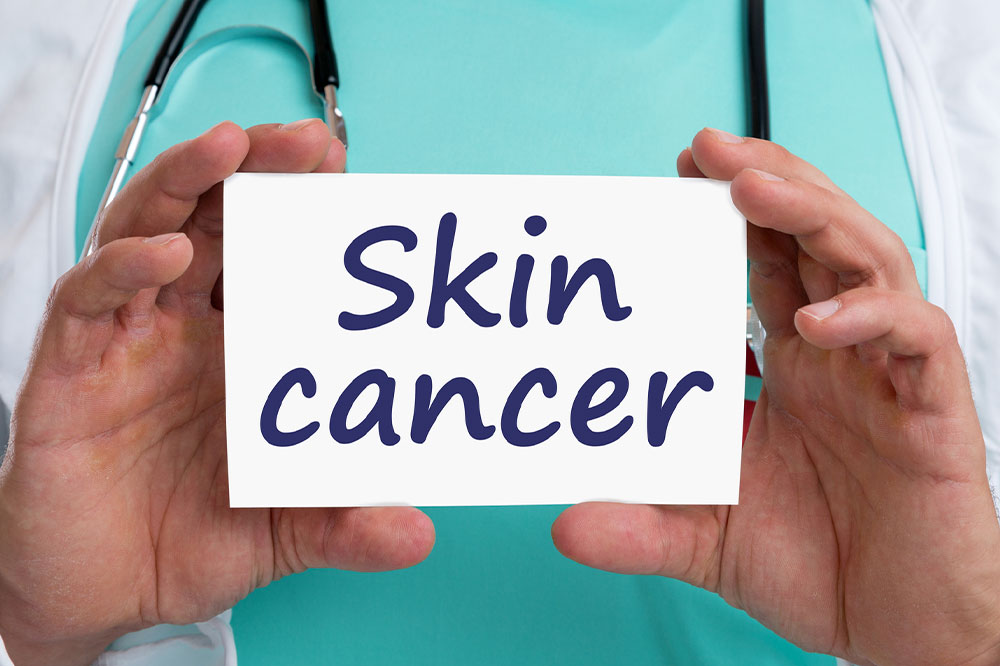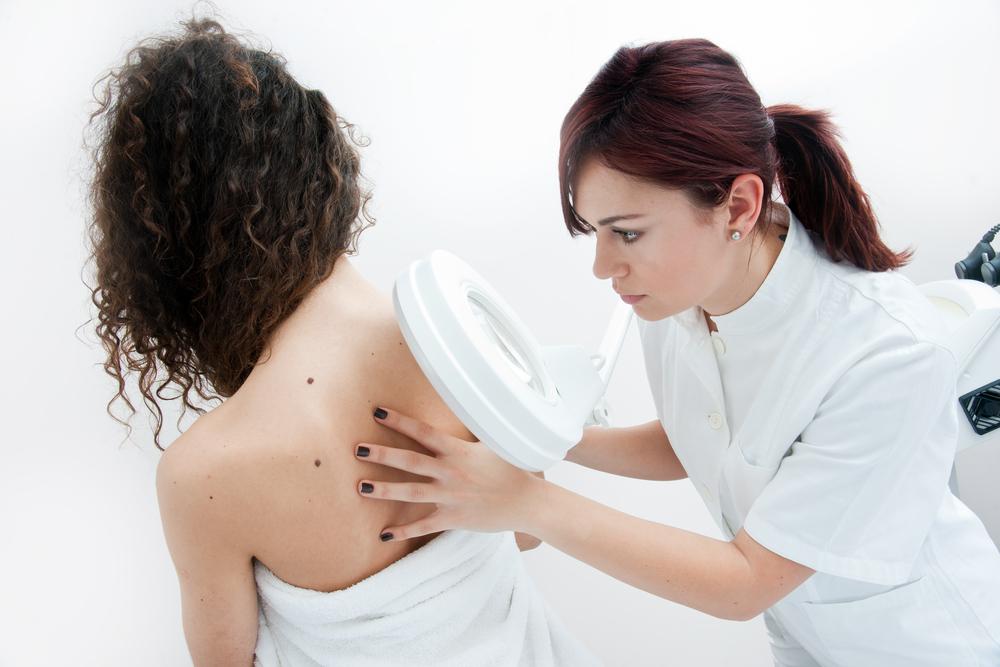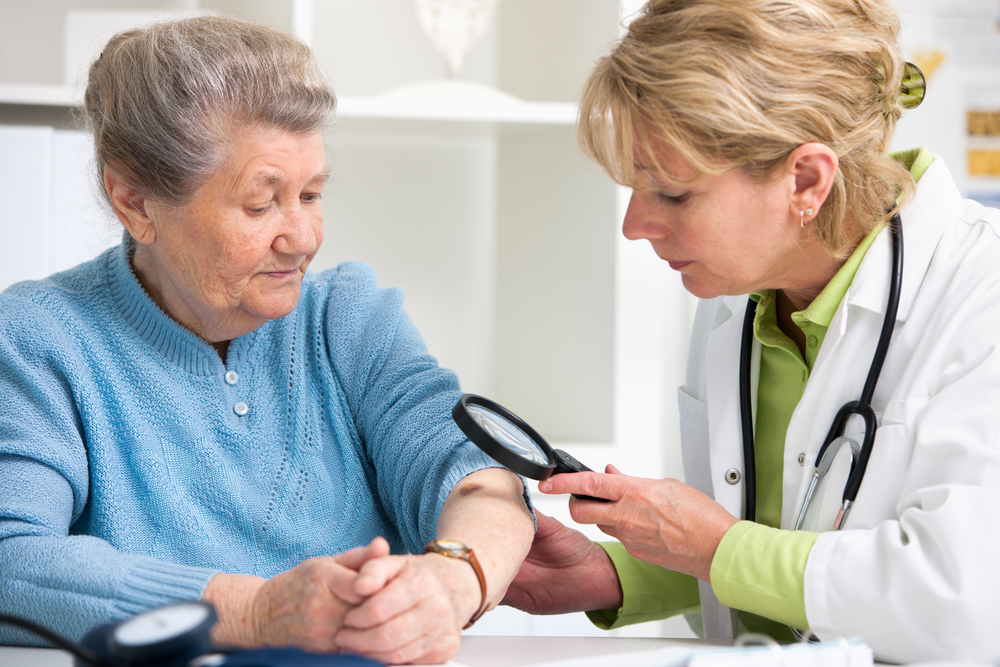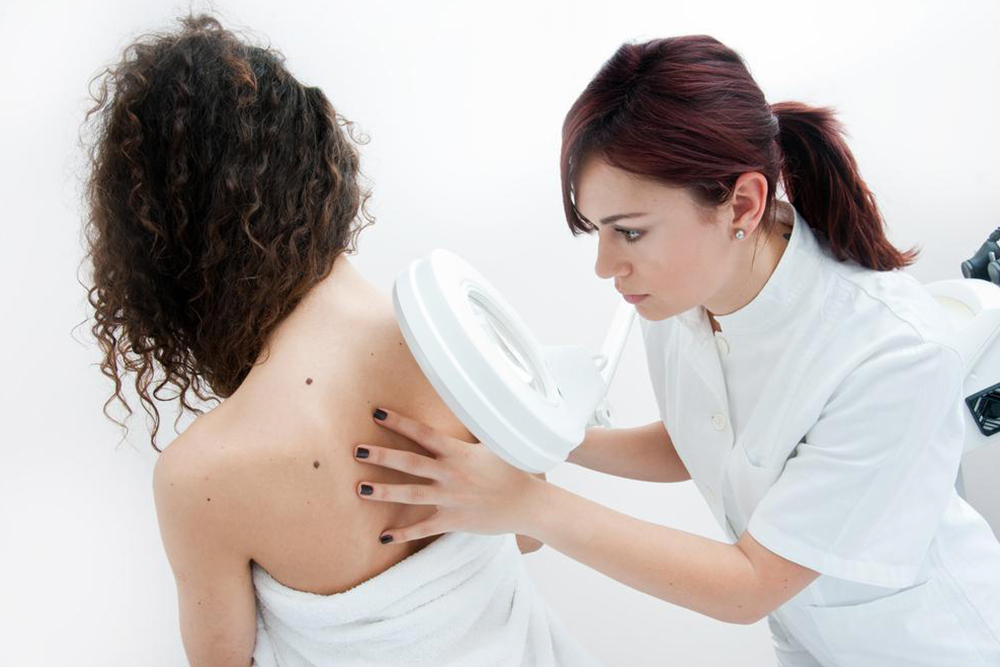Comprehensive Guide to Skin Cancer: Risks, Signs, and Prevention Strategies
Skin cancer is one of the most common and preventable cancers worldwide. This detailed guide covers its risks, early warning signs, diagnosis procedures, and treatment options. Understanding how to recognize symptoms, seek timely help, and adopt preventive measures can greatly improve prognosis and skin health. Regular skin checks, UV protection, and awareness are key to reducing the impact of this potentially serious disease. Whether you're at risk or just seeking general knowledge, this article provides vital insights for maintaining healthy skin throughout your life.
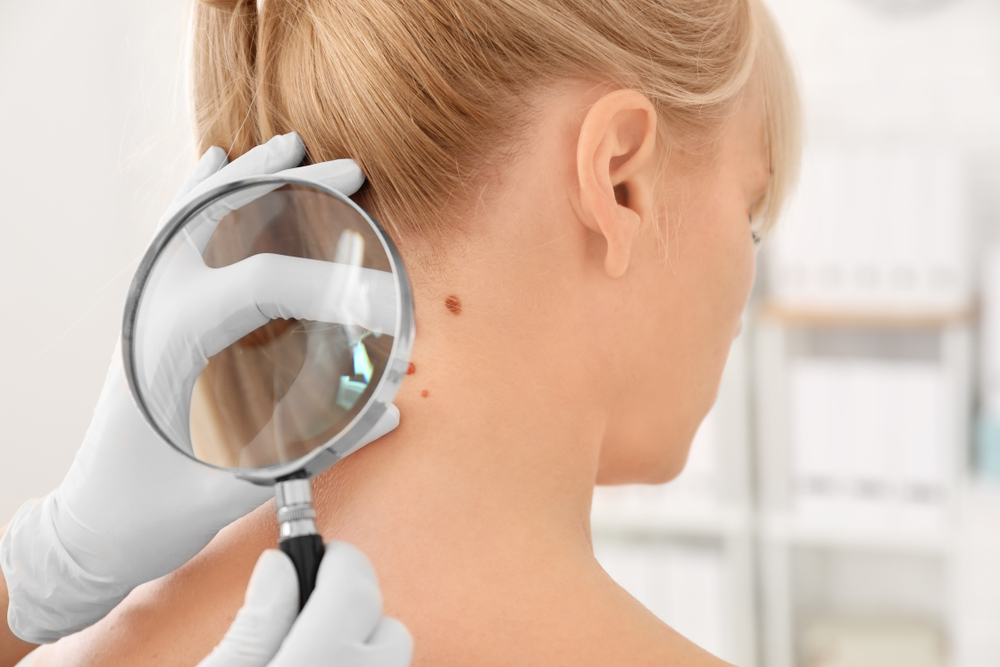
In-Depth Understanding of Skin Cancer: Essential Information You Should Know
Are you worried about skin cancer? Discover vital insights now!
As a leading health concern of the 21st century, cancer has earned the nickname 'the century's epidemic.' Among various forms, skin cancer ranks as one of the most prevalent, impacting millions around the globe. Understanding its risks, early warning signs, and preventive measures is crucial for safeguarding your health.
Although skin cancer isn't always life-threatening, if left untreated, it can become aggressive, invasive, and challenging to manage. Early detection is key since benign-appearing spots or unusual skin patches may indicate the early stages of the disease. Regular skin checks and prompt medical consultation can significantly improve treatment outcomes.
Curious about when to seek professional medical advice? Continue reading to uncover critical information about skin cancer detection, risks, and treatment options.
Defining Skin Cancer
Skin cancer involves the rapid and abnormal proliferation of skin cells, often triggered by DNA damage from ultraviolet (UV) radiation.
It commonly develops on areas of the skin exposed to sunlight, such as the face, neck, hands, and arms.
In some cases, it can also arise in less exposed areas, including the palms, soles, or genital regions, depending on the type of skin cancer.
Typical Sites of Skin Cancer Occurrence
Most skin cancers appear on sun-exposed regions like the face, lips, scalp, neck, and limbs.
Nevertheless, skin cancer can appear in individuals of all skin tones, emphasizing the importance of regular skin examinations regardless of pigmentation.
Melanoma, a particularly dangerous form, tends to occur on less exposed areas such as the palms of the hands, soles of the feet, or even under the nails and genital regions.
How to Recognize Potential Signs of Skin Cancer
Utilize reputable medical websites and image libraries for guidance on identifying early symptoms.
Look out for small, pigmented, or scaly patches that may have central redness or ulceration, especially in sun-exposed zones.
Changes in mole size, shape, or color, bleeding, or the appearance of new spots warrant prompt attention.
If any skin lesion appears unusual or evolves over time, consult a healthcare professional without delay.
How Skin Cancer is Diagnosed
Clinicians will perform a thorough examination of the skin and any suspicious lesions.
A skin biopsy, involving removal of a tissue sample, is the definitive method to confirm the presence and type of skin cancer through laboratory analysis.
Available Treatment Options for Skin Cancer
Cryosurgery: Utilizing liquid nitrogen to freeze and destroy early-stage cancer cells, ideal for superficial lesions.
Surgical excision: Removing the tumor along with surrounding healthy tissue to ensure complete removal.
Mohs micrographic surgery: Precise layer-by-layer removal with immediate microscopic examination, suitable for high-risk or recurrent cancers.
Radiation therapy: Using targeted high-energy radiation to eradicate persistent or inoperable cancerous cells.
Chemotherapy: Systemic treatment options for advanced cases where cancer has spread beyond the skin's surface.
This comprehensive guide aims to equip you with essential knowledge about skin cancer, helping you recognize its signs early and understand available treatment options. Regular skin examinations and protective measures against UV exposure are practical steps to reduce your risk and promote long-term skin health.

